Info, news & debate
Earthen floors
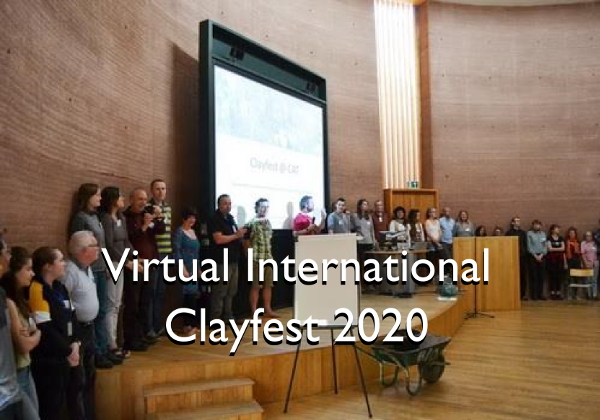
Virtual International Clayfest 2020 – ‘building’ skills and building ‘skills’
It’s a highlight of the natural building calendar not to be missed. EBUKI share news of this year’s upcoming virtual Clayfest, exploring and celebrating all things earth building on Friday 27th and Saturday 28th November 2020.
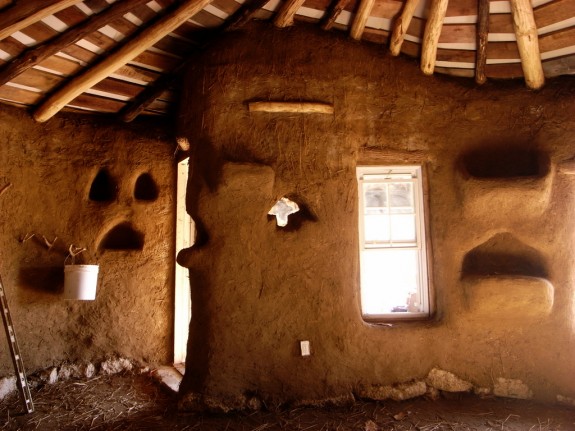
The differences between insulation and thermal mass
As the winter months approach here in the UK, natural builder Ziggy Liloia of The Year of Mud goes back to basics to explore the differences between insulation and thermal mass, and why they matter.
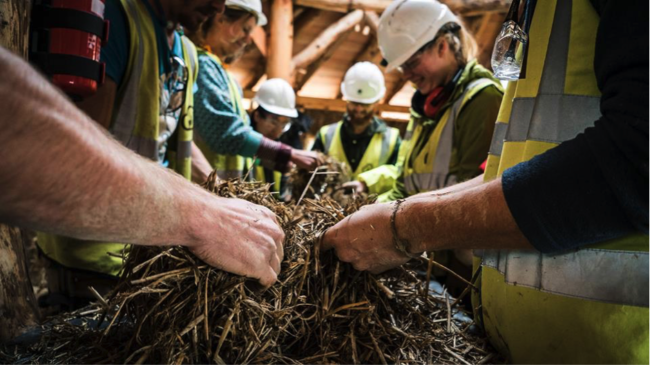
Hartwyn free natural building course: 2019 applications now open
We hear from Joe Duirwyn of Hartwyn about a fantastic free natural building learning opportunity running from June to September 2019.
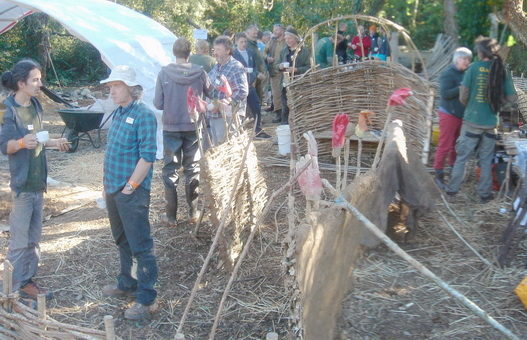
Interested in earth building? Come to EBUKI’s mini Clayfest 2019 in Wales!
Rowland Keable of Earth Building UK and Ireland shares news of a mini but mighty Clayfest 2019 with the theme of building confidence in clay.
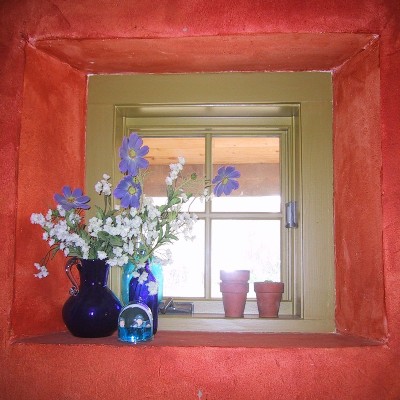
How to make natural non-toxic paint from clay
Natural builder Sigi Koko shares her tried and tested method of making natural non-toxic paint from clay.
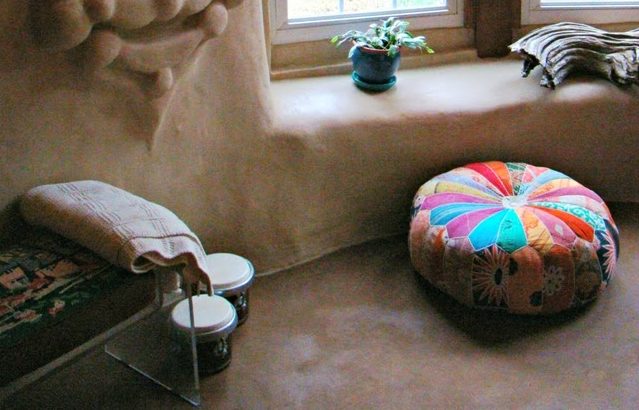
How to build an adobe earthen floor with Sigi Koko (Part 4)
Natural builder Sigi Koko of Down to Earth Design shares how to perfect the final finishing layer of an adobe earthen floor.
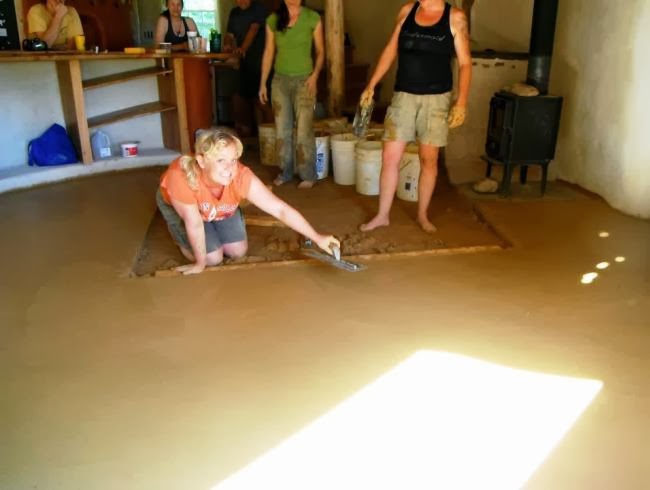
How to build an adobe earthen floor with Sigi Koko (Part 3)
Sigi Koko teaches us the different approaches to the levelling layer in Part 3 of how to build an adobe earthen floor.
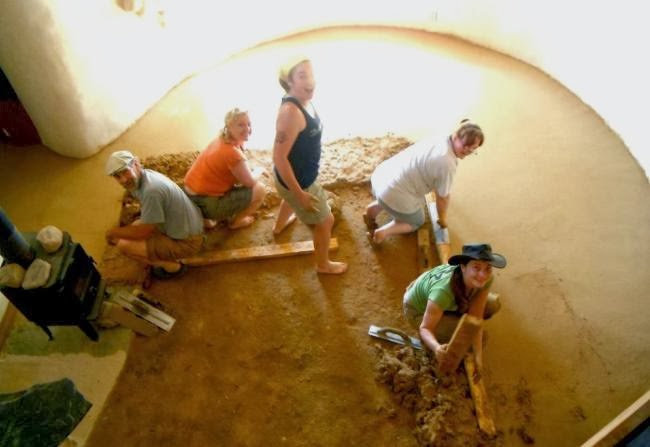
How to build an adobe earthen floor with Sigi Koko (Part 2)
In Part 2 of how to build an adobe earthen floor, Sigi Koko of Down to Earth Design tackles the all important base layer.
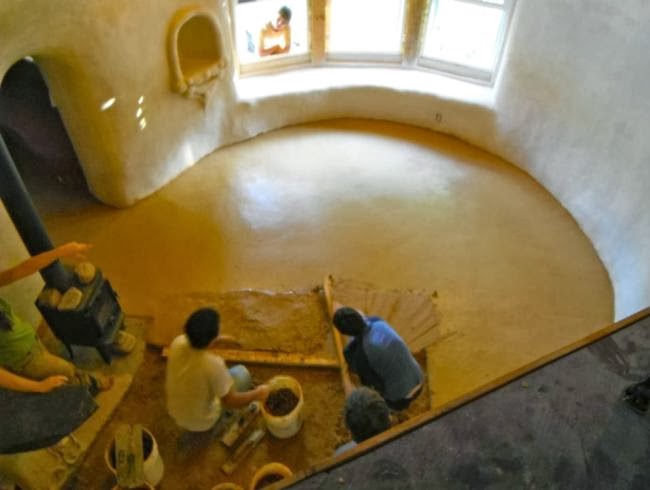
How to build an adobe earthen floor with Sigi Koko (Part 1)
Natural builder Sigi Koko of Down to Earth Design shares how to build an adobe floor. In Part 1, we learn about the substrate through to the insulation layer critical for any earthen floor.
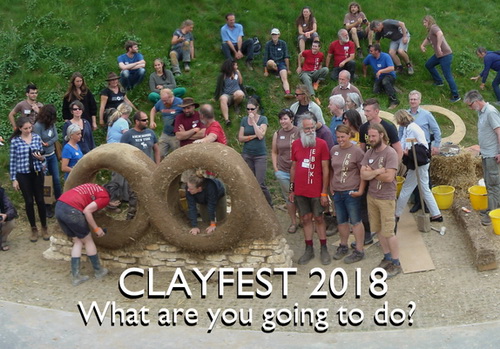
Calling all earth-building enthusiasts – come and join Clayfest 2018!
With nine different earth building techniques covered and a whole host of activity planned, this is the place to be for anyone interested in building with earth. Rowland Keable at EBUKI tells us more.
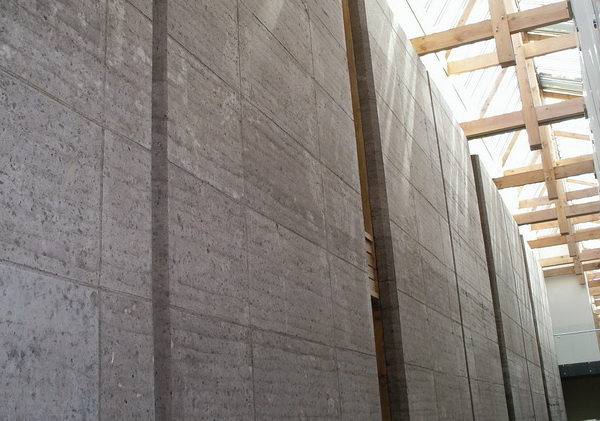
A south-facing, rammed earth, straw-bale-insulated house doesn’t need heating; why aren’t all new houses built this way?
Rowland ran rammed earth building courses with us for years. He said then that a C-shaped, rammed earth house with straw-bales for external insulation, and as much glass on the south side and as little glass on the north side as possible, wouldn’t need any heating. We wanted to catch up with him to learn …
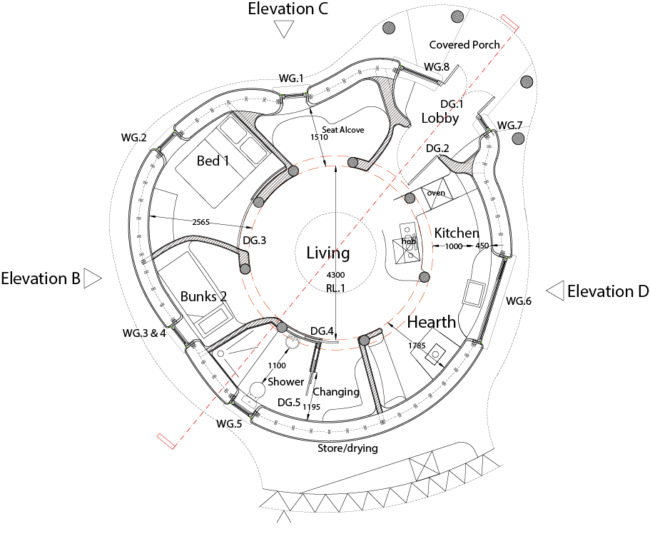
Free natural building internship on offer from Hartwyn this summer
Natural building company Hartwyn are pleased to announce their summer 2018 free natural building internship programme is now open to applications. It’s over to Joe Duirwyn from here to tell us more.
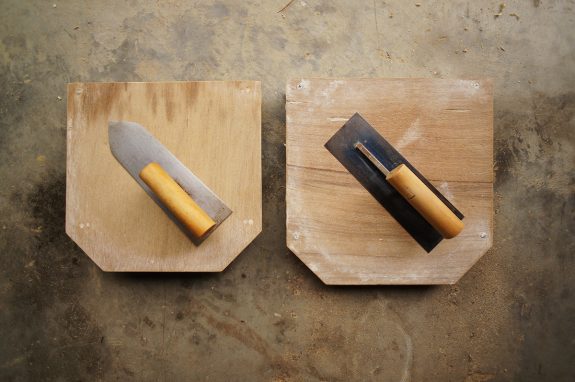
How to make a Japanese plaster hawk for clay plastering
Inspired by the magic of traditional Japanese clay plastering, USA-based natural builder Ziggy Liloia of The Year of Mud shares his step-by-step guide to making a Japanese plaster hawk.
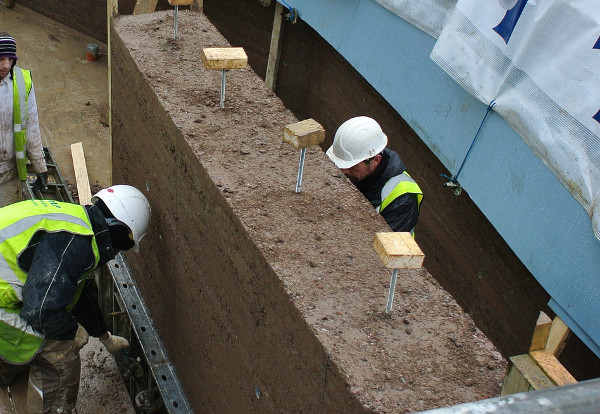
Clayfest, June 12-17: let’s build more homes with earth rather than bricks and cement
The renaissance of earth building in the UK reflects not only the beauty and utility of the material but also the pressures of rising building costs and the need for lower energy use and waste in building products.
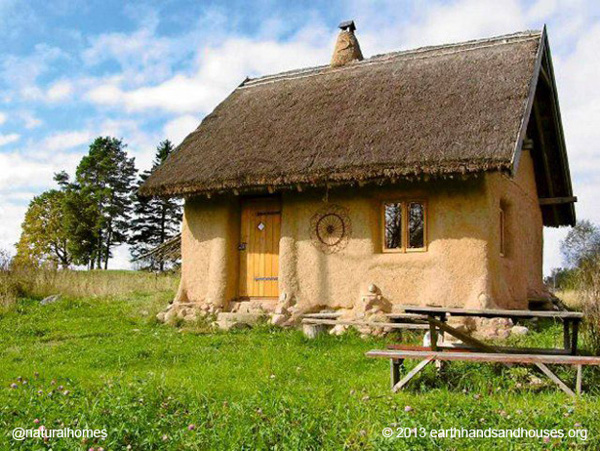
Why cement should never be used with natural buildings
I am often asked to help with other people’s designs, but one of my principles is never to design with cement. Not everyone knows this about me, and I was recently asked what my general experience was with stem walls made of concrete
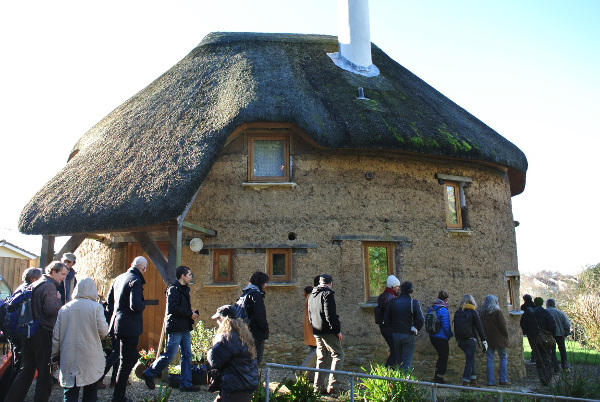
Earth Building UK are looking for two new directors – can you help?
Earth Building UK is a registered charity involved in a wide range of activities to do with all aspects of earth building. We don’t know exactly how many earth buildings there are in the UK – many thousands certainly, and built using a wide range of techniques.
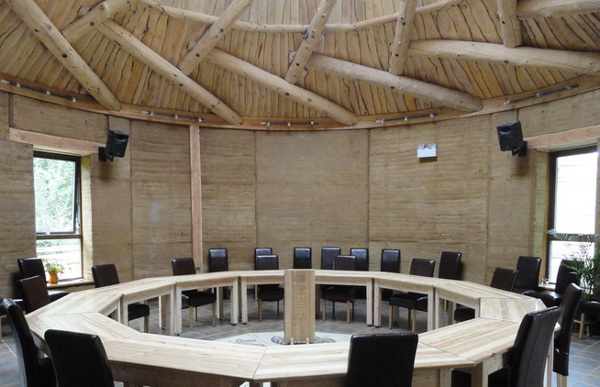
Why ‘rammed earth’ doesn’t contain cement
Earth building, including rammed earth building, produces very low carbon emissions. However, there is a confusion between rammed earth – a mix of clay, sand and stones – and dry-pack concrete, too often called ‘stabilised rammed earth’.
